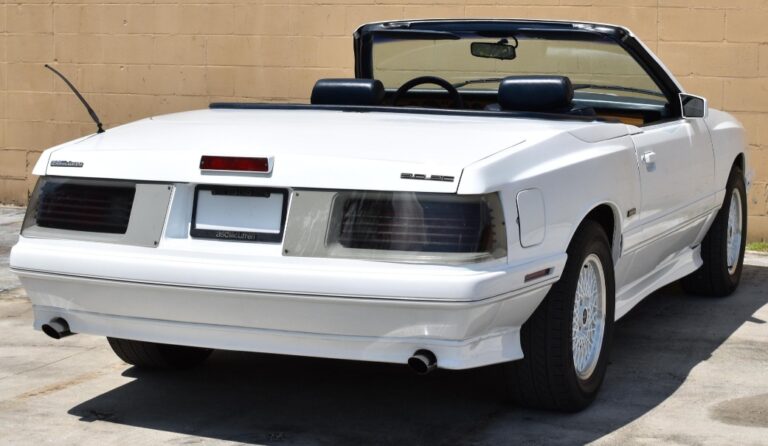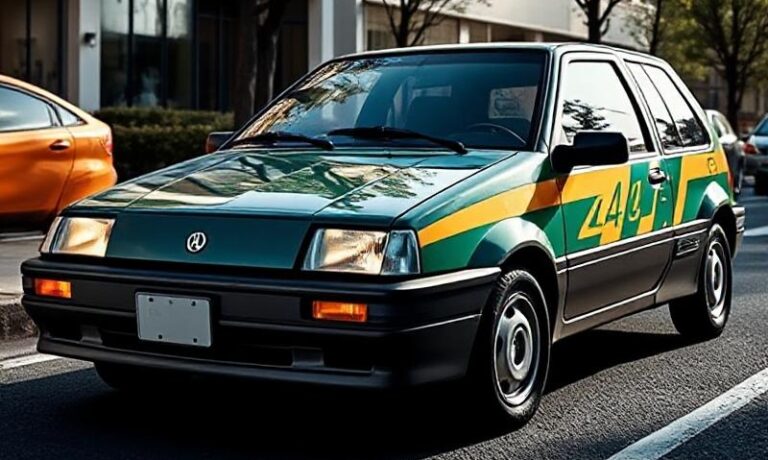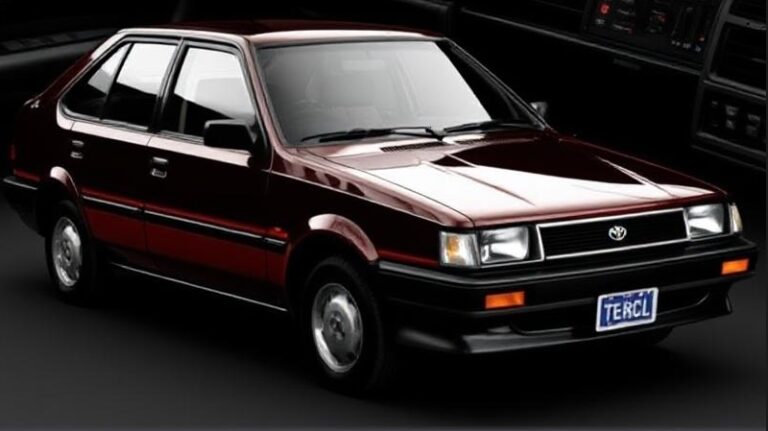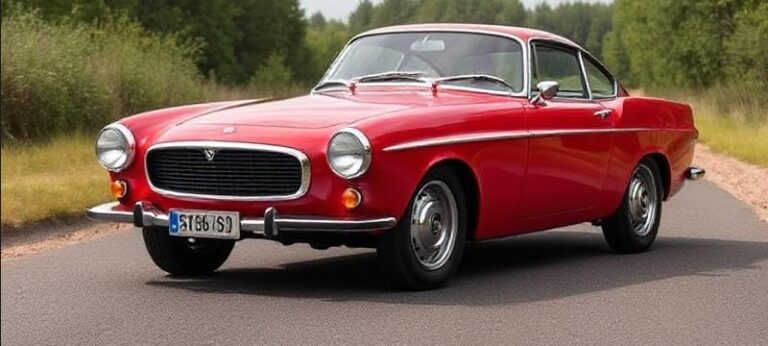The Evolution of the Lancia Beta: A Classic of Italian Automotive Design
The Lancia Beta, a cornerstone of Italian automotive engineering, represents an evolution in both design and functionality that spanned the 1970s and into the early 1980s. Produced from 1972 until 1984, the Beta was Lancia’s first foray into unibody construction and front-wheel-drive engineering, a significant shift away from the traditional rear-wheel-drive architecture that defined many of its predecessors. This article delves into the history, development, and various models and trim levels of the Lancia Beta, illustrating how it left an indelible mark on the automotive world.
The Introduction: 1972-1974
The Lancia Beta made its debut at the Turin Motor Show in 1972, designed by the renowned Italian automotive designer, Giorgetto Giugiaro of Italdesign. Unlike many competitors of its time, the Beta was positioned as a compact family car, catering to a growing middle class seeking practicality without sacrificing style. Initially offered as a three-door hatchback, the Beta’s crisp lines, large glass area, and innovative design language captured the attention of the public.
Soon after its launch, the Beta was equipped with a range of engine choices. The initial offerings included:
- 1.3-liter I4 engine (75 hp)
- 1.6-liter I4 engine (90 hp)
Trim levels in the early years were quite simplistic, generally categorized as base models and more luxurious versions, such as the Beta Special.
Expansion: 1975-1979
Following its successful introduction, production ramped up in the mid-1970s, with new body styles added to the lineup. In 1975, Lancia introduced the Beta Sedan, featuring four doors for increased accessibility. Alongside this, the Beta Coupe was launched, appealing to those looking for a sportier alternative.
The Beta’s success led to the introduction of the Beta Spyder in 1976, a stylish convertible variant that quickly became a favorite among enthusiasts. Various engine options remained available, with significant improvements in performance and efficiency over time, including the:
- 1.3-liter I4 with incremental power increases
- 1.6-liter I4 upgraded to about 100 hp by adding fuel injection
- 2.0-liter I4 (115 hp) introduced in some markets by the later 1970s
The trim levels expanded to include more luxury-focused variations such as the Beta Volumex, known for its supercharged engine variant, providing a boost in power with excellent driving dynamics.
The 1980s: Refinement and Trials
As the calendar turned to 1980, the Lancia Beta transitioned into a phase of refinement. The initial appeal of the Beta’s design and performance was threatened by emerging reliability issues. Lancia responded by upgrading the Beta with more advanced engineering practices and improved materials to combat rust and other common issues faced by cars of this era.
During this time, some new models and trims emerged, including:
1981-1984: The Beta Coupe & HPE
- In 1981, the Beta HPE (High-Performance Estate) was launched, combining the characteristics of a hatchback with the practicality of a station wagon. This model offered an extended rear storage capacity while maintaining a sporty silhouette.
- The engine range continued to evolve with the introduction of the 2.0-liter turbocharged variant, which provided performance for the enthusiast segment, delivering around 135 hp.
The years 1981 to 1984 saw the addition of additional trim levels, including:
- Beta 1600
- Beta 2000
- Beta HPE
- Beta Volumex 2000
.
The best Hot Rod Documentaries that are a must see if you’re an avid auto aficionado!
.
The End of Production
By 1984, Lancia decided to end the Beta’s production cycle. The decision was partially based on changing consumer preferences as the automotive landscape shifted towards more modern designs and technologies. Nevertheless, the Beta remained cherished among car enthusiasts and collectors, thanks to its distinctive styling, innovative features, and engaging driving experience.
Global Markets and Legacy
While the Lancia Beta was primarily targeted towards the European market, some models were available in other regions, including South America and, for a brief period, the United States. However, due to various regulatory hurdles and perceived reliability issues, its presence in the U.S. was limited.
In retrospect, the Beta’s contribution to Lancia’s lineage cannot be overstated. It served as a critical learning curve for the brand, allowing it to introduce new technologies and designs that would later define its models in the subsequent decades. The Beta became part of automotive culture, representing a unique blend of sportiness, practicality, and Italian flair.
The Evolution of Trim Levels Explained
Early Trims: 1972-1975
- Beta 1300: Base model with the 1.3-liter engine.
- Beta 1600: Mid-range model with enhanced features and power.
- Beta Special: A more luxurious version with added features and comforts.
Mid-Years Trims: 1976-1981
- Beta Coupe: Sporty three-door variant.
- Beta Spyder: Convertible version with a stylish design.
- Beta Volumex: Performance-focused version utilizing supercharging for better dynamics.
- Beta 2000: Top-of-the-range model with the powerful 2.0-liter engine.
Later Trims: 1982-1984
- Beta HPE: Family-friendly model with extended storage and sporty aesthetics.
- Beta 1600 Turbo: Performance-oriented variant focused on driving enthusiasts.
- Beta Volumex 2000: Delivered the best of power and luxury, appealing to the performance-minded consumer.
Conclusion
The Lancia Beta remains an iconic model in the history of automotive design. Its transition from a practical compact car to a refined family vehicle showcased Lancia’s innovation during a transformative time in the automotive industry. Despite its production halting in 1984, the Beta offers a glimpse into Lancia’s ambition to marry style with mechanical ingenuity and serves as a testament to a time when Italian cars spoke volumes about character and personality. The Beta has left a lasting legacy through its various models and remains a cherished classic among collectors, embodying the spirit of Lancia’s engineering excellence and distinct Italian design.







